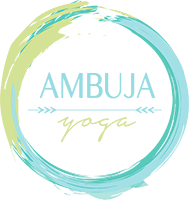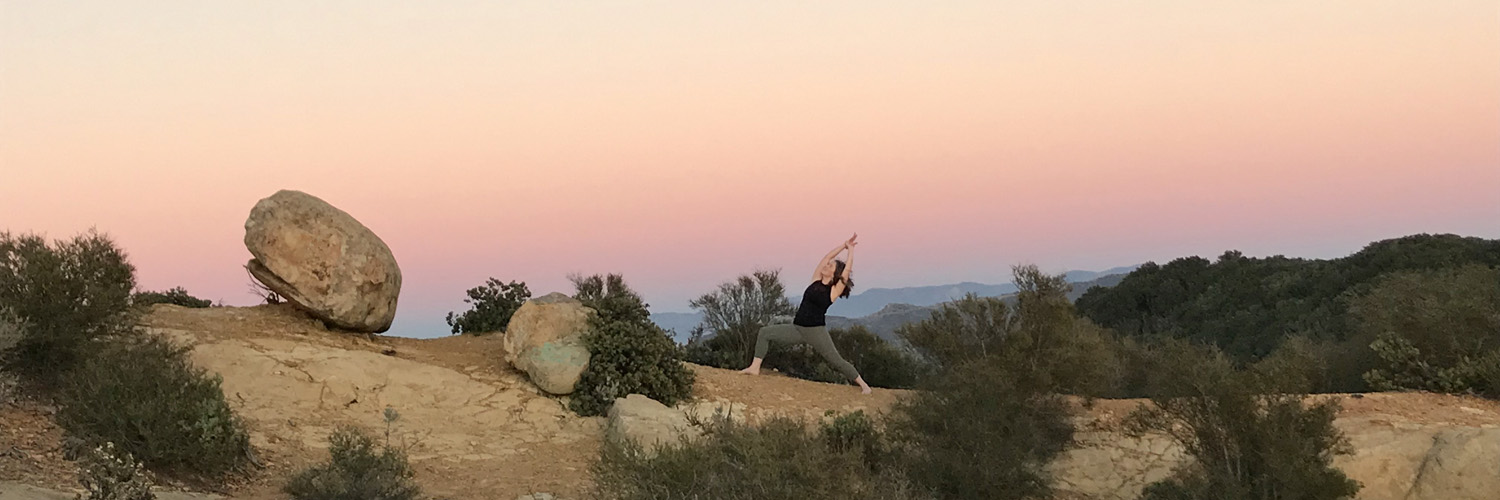The pancha maya koshas are the five sheaths of human existence according to Vedantic philosophy and the ancient Tantric Yoga text the Taittiriya Upanishad. You can think of the five koshas as layers of an onion and at its center is Atman, the true self. Working our way through the layers we begin with the gross (physical body) then move through the subtle body toward the self.
The five koshas are:
1. Annamaya kosha (the physical body)
2. Pranamaya kosha (the energy or vital body)
3. Manomaya kosha (the mental body)
4. Vijnanamaya kosha (the wisdom body)
5. Anandamaya kosha (the bliss body)
Unlike the layers of an onion that can be completely peeled away from one another the koshas are intertwined, inseparable with each kosha influencing the state of the others. We will begin our exploration of the koshas with Annamaya Kosha, the food/physical body, and continue from there to Anandamaya kosha, the bliss body. We can look at these sheaths, improve our awareness and explore our inner landscape as we begin to answer life’s big questions like, “Who am I?” or “What is the meaning of life?” We also work with the sheaths in yoga nidra, working through the layers methodically and patiently in hopes that we will one day be fully aware of our true self.
Annamaya Kosha (the physical body or food body)
The physical body is just that, physical. It’s made by the food and water we consume. When we are not in tune with our physical body, annamaya kosha, we may experience a sense of being ungrounded or unstable, we may lack appropriate proprioception and bump into things. Also, when we are not clued into our body and the needs of our body we may not be aware of how the food we are consuming is effecting our body and therefore every other aspect of our lives (remember all of the koshas are intertwined).
When we are attuned to our physical body we may experience a sense of balance and ease. Because our body is functioning more smoothly, it’s happier (and therefore not a distraction) so we can begin to focus on the other koshas. The physical body or the Annamaya kosha is the realm of the unconscious mind.
A simple exercise that you can practice to begin bringing more awareness to annamaya kosha is to find a comfortable seat or perhaps lie down on your yoga mat and bring one hand to your chest. Bring all of your awareness to the hand on the chest, becoming aware of your heart beat in the chest and in the hand. Be aware of where the hand meets the chest and become aware of any sensation that arises, the sensation of touch, heat, movement, etc. As you begin to feel more comfortable with this exercise you can begin to shift your awareness to other parts of your body. For example, your feet meeting the Earth, your liver, stomach, lungs, mouth/jaw and the muscles of your back. Be specific and stay with it for at least three to five minutes. Feel free to journal about your experience afterward.
Pranamaya Kosha (the energetic body or vital body)
Each of us has an energetic signature and it is contained within the pranamaya kosha, our energetic body. Pranamaya kosha is the vital force (prana, energy) that animates our physical body, annamaya kosha. We consume prana via our breath, the food we eat and the sun. This life force is carried throughout the body via channels called nadis (the most important nadis being sushumna, ida and pingala) and controlled via the chakras (energy centers). When we work with pranamaya kosha and the prana vayus we affect all seven chakras. The pranamaya kosha is the realm of the subconscious mind.
To work with pranamaya kosha begin to incorporate more pranayama (breathing exercises), bandhas (energetic locks), and pratyahara (sense withdrawal) into your practice. Practicing these methods will teach you how to increase prana and channel prana through the body. As you begin to work with prana you may notice heat, a sense of calm, a vibration, or many other sensations. Experience each sensation fully. Once you feel connected to the pranamaya kosha you may desire to work deeper into the koshas.
Manomaya Kosha (the mental body)
Manomaya Kosha, the mental body, creates meaning out of the world around us. It is the portion of our being where thinking, daydreaming and fantasizing reside. It is also where the beliefs, emotions and opinions from our culture and community reside. It is the repository for our unconscious mind. This kosha guides our emotional responses and is also home to the jnanendriyas (organs of knowledge, ie. our sense organs). Manomaya kosha is also the home of Ahamkara, the ego.
Manomaya kosha is the abode of our samskaras. Samskaras are the grooves of our mind, they are set paths and they are created by repetitive thought patterns. “I’m worthy/not worthy.” “I’m too fat/skinny.” “I choose love/fear.” These are thought patterns that occur often without us even acknowledging them. These samskaras color and shape all of our experiences.
A wonderful exercise to begin to work with these thought patterns and change your samskaras is one that Byron Katie teaches. Byron says to ask ourselves, “What would I be without this thought?” This is an excellent opportunity for self reflection, growth and journaling. I encourage you to keep a journal or small notepad with you at all times, so you can really see how often you experience these thought patterns. This is where big change can happen. This is the realm of the conscious mind.
Vijnanamaya Kosha (Wisdom Body)
Vijnanamaya kosha is the home of Buddhi, higher knowledge, intellect, intuition, judgement and discrimination. Ahamkara appears in vijnanamaya kosha, but as a higher knowledge of self. Our human qualities like gentleness, serenity, humility, non-attachment and bliss are also apparent in Vijnanamaya kosha. Vijnanamaya kosha is the realm of the superconscious mind. To reach Buddhi and Vijnanamaya kosha a regular meditation practice is recommended. A regular meditation practice allows one to cultivate the power and knowledge gained by being the witness and the observer.
Anandamaya Kosha (Bliss Body)
Anandamaya kosha is the innermost of the koshas and therefore the closest to Atman. The bliss in anandamaya kosha, is more than just an emotional state. Ananda (bliss) is peace, joy and love achieved through contact with the Atman (ultimate consciousness) and is a direct experience of the divine. By not identifying with the lower koshas we gain access to the higher koshas of vijnanamaya and anandamaya, where we may eventually move into that bliss state.
Interested in working with your koshas more? Join me for an upcoming Yoga Nidra class or on retreat where we will have the opportunity to practice yoga nidra multiple times.
Love and Light,
Autumn
- 2024’s Most Inspiring Books on Yoga, Motherhood, and the Path of Transformation - March 28, 2024
- Gratitude Revolution: Simple Ways to Spark Joy in Your Life - November 21, 2023
- Yoga and the Immune System - May 17, 2021

 Ambuja Yoga
Ambuja Yoga 





